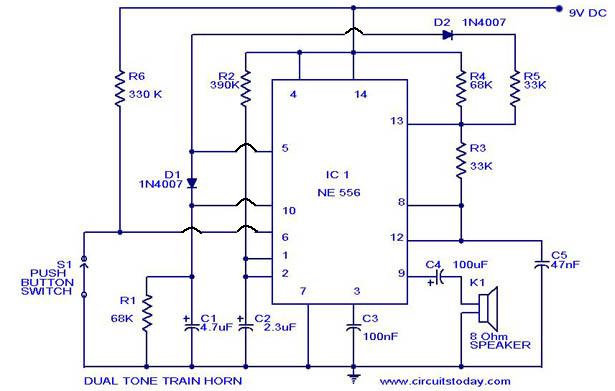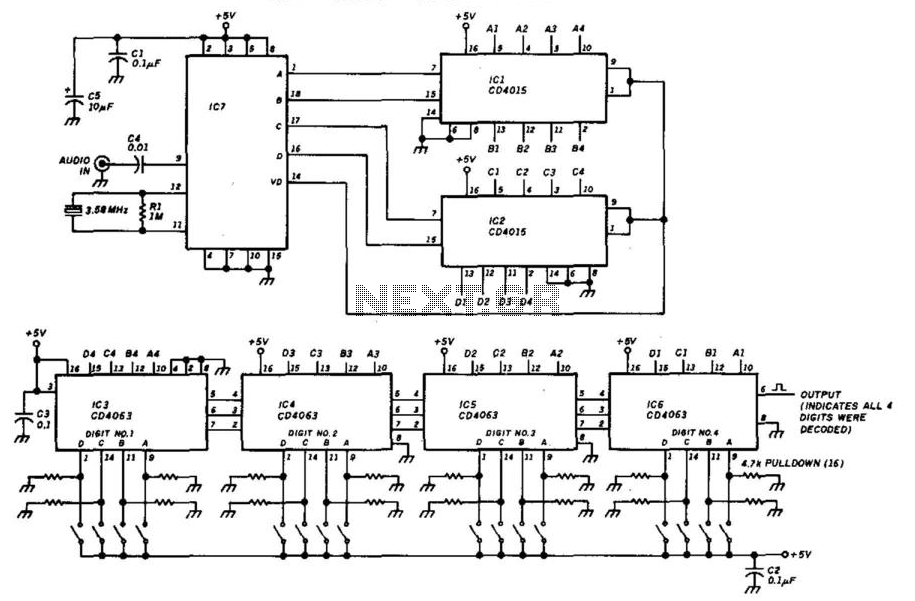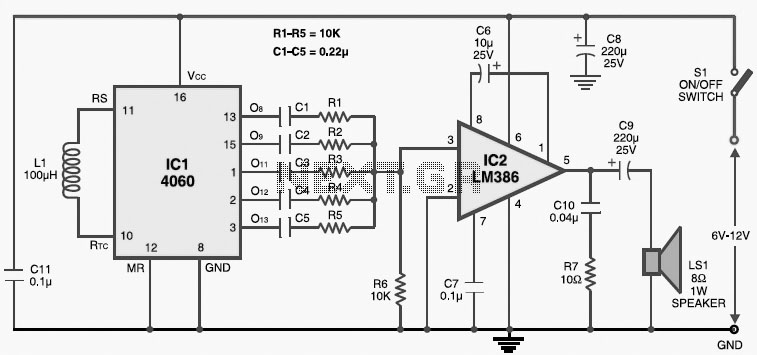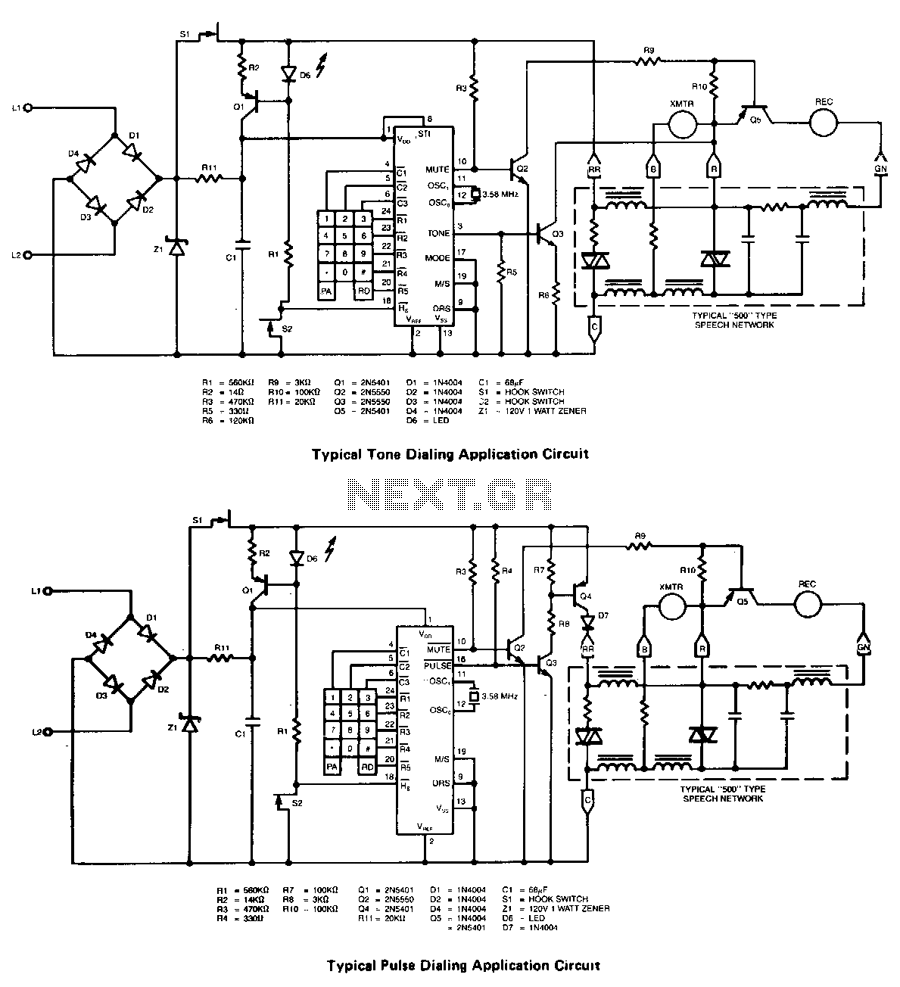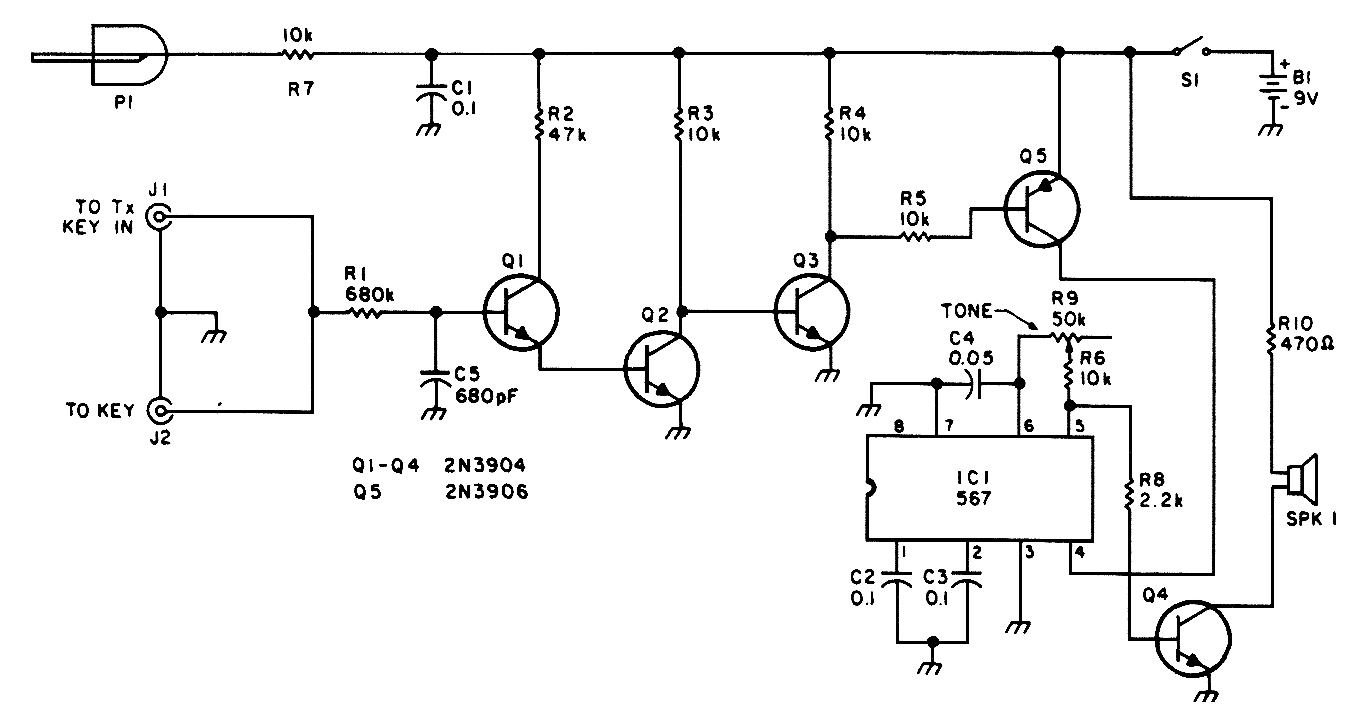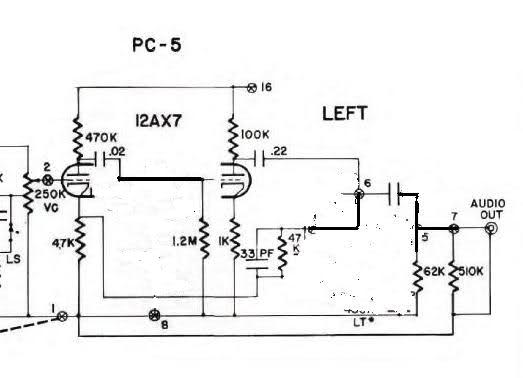
Tone controls

Tone controls are often discouraged in high-end audio systems. However, one might argue that a high-end audio cable functions similarly to a high-end tone control. It is possible to purchase or...
Tone controls in audio systems serve to adjust the tonal balance of sound, allowing users to enhance or diminish specific frequency ranges. In high-end audio setups, the inclusion of tone controls is frequently viewed with skepticism, as purists believe they can distort the original sound quality. Nonetheless, high-quality audio cables can play a significant role in shaping the sonic characteristics of a system.
High-end audio cables are designed with superior materials and construction techniques, which can influence the transmission of audio signals. For instance, the use of oxygen-free copper or silver conductors can reduce resistance and improve signal clarity. Additionally, the shielding and insulation materials used in these cables can minimize interference and signal degradation, thereby preserving the integrity of the audio signal.
In practice, the choice of audio cables can be seen as a form of tone control. Different cables may impart distinct sonic signatures, affecting the overall sound profile of an audio system. This can lead to variations in warmth, brightness, and clarity, which are often the desired effects that tone controls aim to achieve. Therefore, while traditional tone controls may be limited in high-end systems, the careful selection of audio cables can serve a similar purpose, allowing audiophiles to tailor their listening experience without compromising sound quality.
Overall, the interplay between tone controls and audio cables highlights the complexity of achieving optimal sound reproduction in high-fidelity audio systems.Tone controls are something of a no-no in high-price audio. But what is a high-price audio cable but a high-price tone control? Now, you can buy or.. 🔗 External reference
Tone controls in audio systems serve to adjust the tonal balance of sound, allowing users to enhance or diminish specific frequency ranges. In high-end audio setups, the inclusion of tone controls is frequently viewed with skepticism, as purists believe they can distort the original sound quality. Nonetheless, high-quality audio cables can play a significant role in shaping the sonic characteristics of a system.
High-end audio cables are designed with superior materials and construction techniques, which can influence the transmission of audio signals. For instance, the use of oxygen-free copper or silver conductors can reduce resistance and improve signal clarity. Additionally, the shielding and insulation materials used in these cables can minimize interference and signal degradation, thereby preserving the integrity of the audio signal.
In practice, the choice of audio cables can be seen as a form of tone control. Different cables may impart distinct sonic signatures, affecting the overall sound profile of an audio system. This can lead to variations in warmth, brightness, and clarity, which are often the desired effects that tone controls aim to achieve. Therefore, while traditional tone controls may be limited in high-end systems, the careful selection of audio cables can serve a similar purpose, allowing audiophiles to tailor their listening experience without compromising sound quality.
Overall, the interplay between tone controls and audio cables highlights the complexity of achieving optimal sound reproduction in high-fidelity audio systems.Tone controls are something of a no-no in high-price audio. But what is a high-price audio cable but a high-price tone control? Now, you can buy or.. 🔗 External reference
